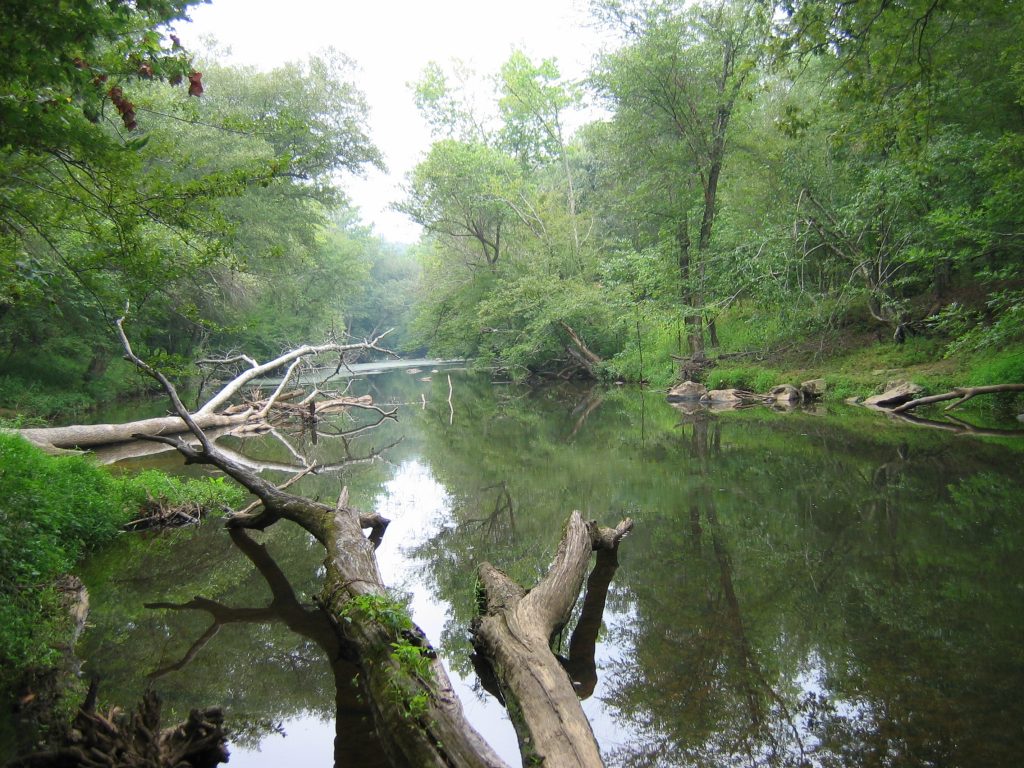

After all, to be a black woman has never been an easy thing. 0.33 Miles Away Pleasant Green United Methodist Church 3005 Pleasant Green Rd 0.54 Miles Away Pleasant Green Community Center 4966 Pleasant Green Community Center Rd. Standing there amid stones and vegetation, I wondered how many times Fanny Breeze made her way from where I was standing down to the Eno River - where she crossed not only boundaries of geography but of race, sex, and class. Eno River State Park Fews Ford 6101 Cole Mill Rd 0.00 Miles Away Eno River State Park 6101 Cole Mill Rd. But on the other hand, there was so much that could’ve been saved that wasn’t, either because of bad luck, poor workmanship, or failure to allocate funds for the purpose. On the one hand, I was glad it was still here, close to a trail, and documented online - thereby making my visit possible. Surveying the home site, I had mixed feelings. As such, it may be the oldest living link to Fanny Breeze that we still have left. Though it’s hard to be sure, this old cedar tree was probably here during Fanny Breeze’s lifetime, giving shade to humans and shelter to wildlife. So in the hope of finding out more about Fanny Breeze through the landscape where she lived, I recently decided to go hiking to this very place. The only real record of Fanny Breeze that I’ve been able to find is the home site where she lived, in what is now Eno River State Park.

There’s not even a date of birth and death on her gravestone. There are no photos, no birth certificates, no genealogies. As such, she earned herself a reputation among local people that persists to this day.Įven so, there’s almost no historical record of Fanny Breeze on the internet. Despite being a slave, Fanny somehow managed to leverage her status to become a midwife, delivering babies - both black and white - up and down the Eno River Valley. One of these slaves was Fanny Breeze, a black woman who lived in Durham, North Carolina before the Civil War. Some slaves even helped white women to give birth, bringing into the world the very people who would later oppress and exploit them. Whether building national monuments (like the White House and Capitol), constructing railroads, digging ditches, growing food, raising families, or giving birth, enslaved black people had a hand in every facet of American culture from its inception. Unforgivably, this brutality continues to the present day.īeyond that, racism has caused past contributions by black people to be overlooked or ignored altogether. From the beginning of American history, slavery was a part and parcel of the economic system, and it provided the rationale for the brutality inflicted on enslaved black people, especially at the hands of white authorities. But of course this situation is nothing new. This fact has been brought to light once again by Black Lives Matter, a movement seeking to end systemic racism in the United States and throughout the world. Who controls the past controls the future: who controls the present controls the past George Orwell, 1984


 0 kommentar(er)
0 kommentar(er)
